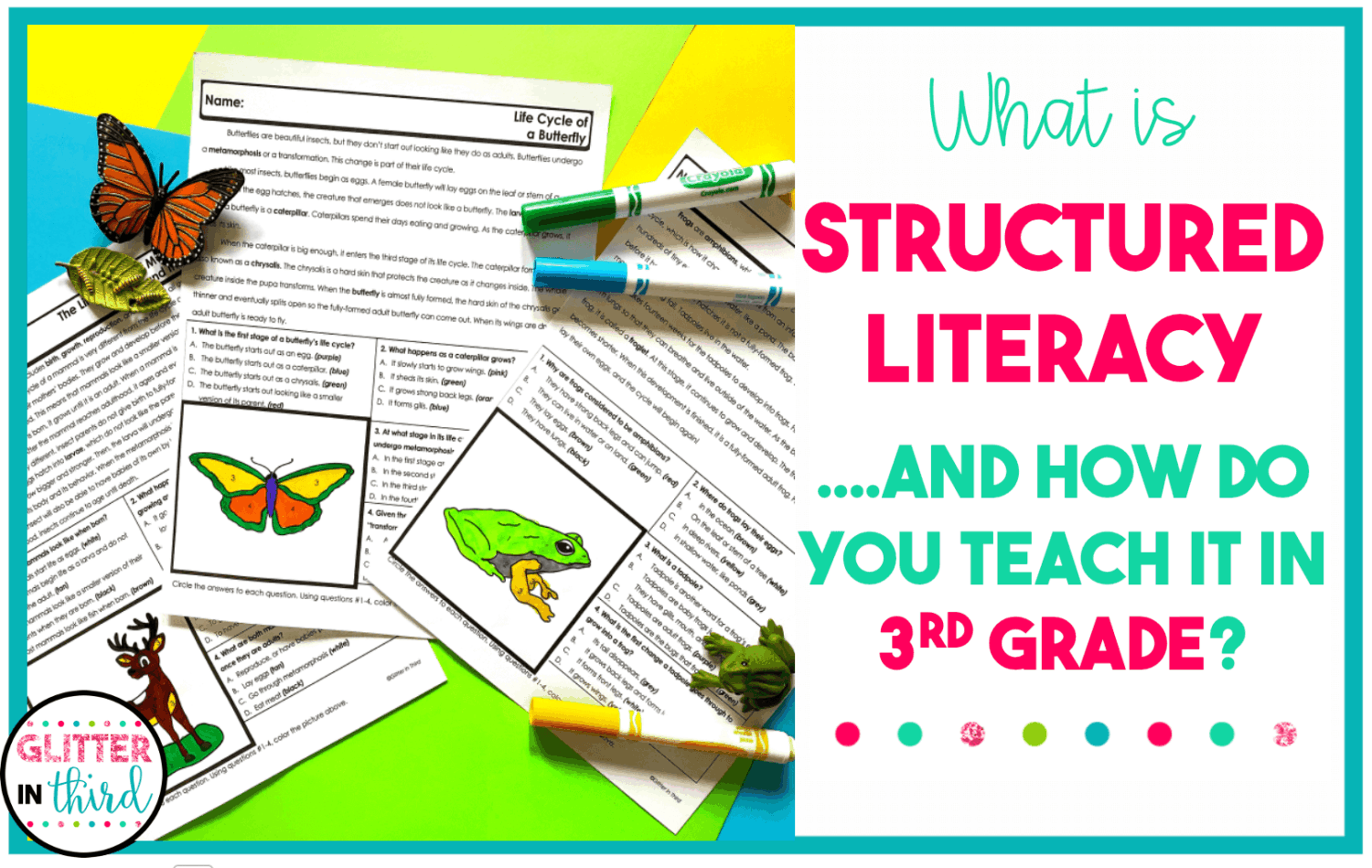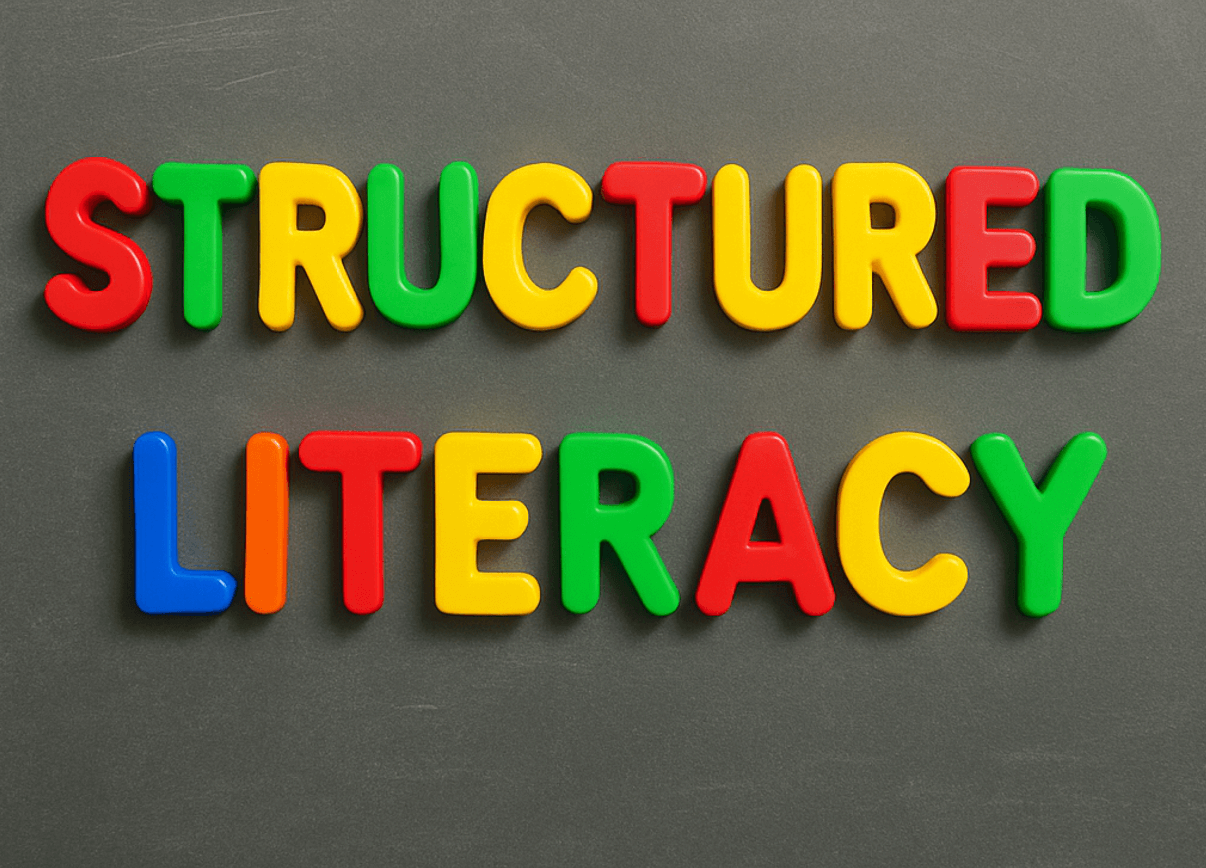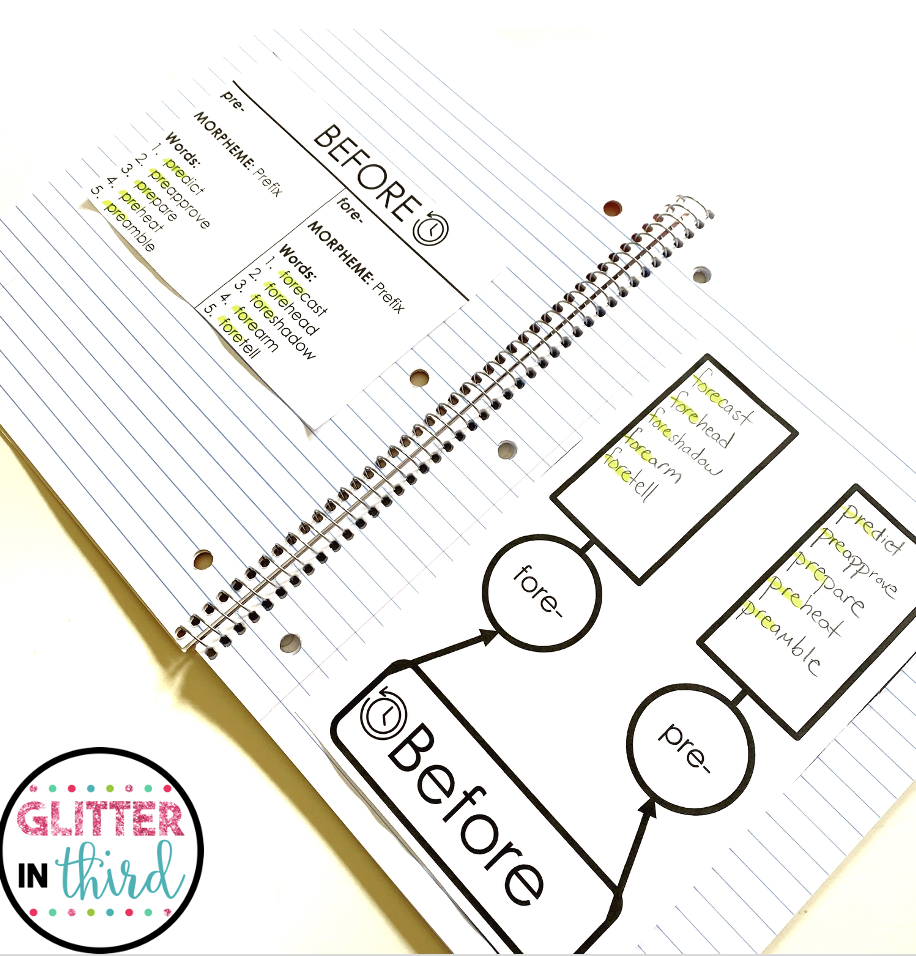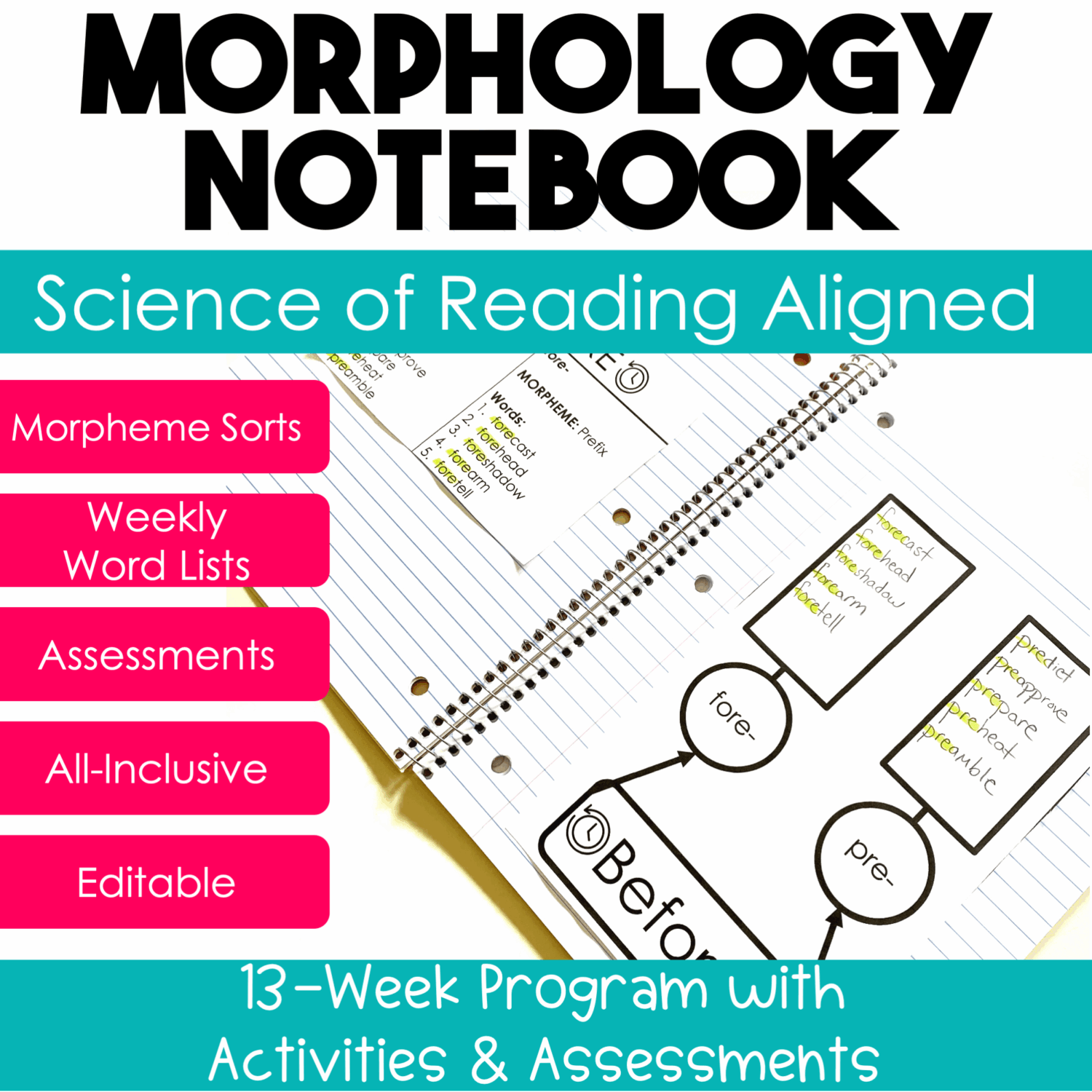Join the VIP Teacher Club!

If you’ve been hearing the phrase “structured literacy” more and more lately, you’re not alone. It’s one of the most important shifts coming out of the Science of Reading movement—and it’s especially relevant for 3rd grade teachers.
So what does it really look like to teach with a structured literacy approach—and how do you fit it into an already packed reading block?
Let’s break it down.
Oh—and if you’d like a free reading comprehension passage sent straight to your inbox, just drop your name and email below!

Structured literacy is a way of teaching reading that’s clear, step-by-step, and based on how the brain learns best.
This method has been proven to work for all kids, especially those who struggle with reading, like students with dyslexia. With this approach, you’re setting your students up for success.
Want to see how these pieces connect to the bigger picture of how students become skilled readers? Check out this post on the Science of Reading Rope to learn more about how each strand supports comprehension and fluency over time.
If you’re looking for a way to make this part of your daily routine, a simple word study notebook or morphology notebook can be a great place to start.
By 3rd grade, most kids know the basics of phonics—but now the real challenge begins: making sure they can read and understand longer, trickier words and texts.
That’s where structured literacy really shines. You’re helping students move from just sounding out words to truly understanding what they read. And the best part? It doesn’t have to be complicated—just thoughtful and consistent.
A structured literacy block in 3rd grade might include:
It’s not about cramming more into your day—it’s about choosing what works. Structured literacy helps every student grow as a reader, and you’re the one who makes that happen. Keep going—you’ve got this.
Wondering how this all fits into your day? Here’s an example of what a structured literacy block might look like in a real 3rd grade classroom. It’s focused, doable, and gives students the tools they need to become strong readers.
This kind of block keeps things focused, intentional, and manageable. You don’t have to do everything—but what you do teach can make a big difference. You’re building real reading skills—and you’re doing a great job.
Structured literacy doesn’t have to be overwhelming. Start with one small, consistent routine—like daily word study. It gives students repeated exposure to meaningful word parts, and it’s easy to build into your day.

One of the easiest places to start is with morphology. Teaching students to break apart words and understand their parts helps with both decoding and vocabulary—and it’s perfect for 3rd graders.
In my classroom, I use a Morphology Notebook that gives students space to:
It’s structured, easy to implement, and after a few weeks, students can complete most of it on their own. Plus, I’ve added Google Forms versions of the assessments so you can check progress with just a few clicks.
Check out the Morphology Notebook HERE if you want a no-prep tool to get started with structured literacy right away.
Structured literacy isn’t just a trend—it’s a research-based shift that helps all readers, not just those who struggle. And in 3rd grade, where the demands of reading start to ramp up, it gives students the tools to break through tricky words, understand what they’re reading, and grow as confident, capable learners.
You don’t have to change everything overnight. Start small. Stay consistent. And trust that the work you’re doing matters.
Want a no-prep way to bring structured literacy into your daily routine—without reinventing your whole block?
My Morphology Notebook is designed to make word study simple, effective, and aligned with what really works.
You can grab it HERE and start using it tomorrow.


Hey there, I’m Kelly! I I love helping teachers save time with technology and resources so they have more hours in the day to spend with family and friends. Take a look around to find new ideas that you can implement in your classroom today!